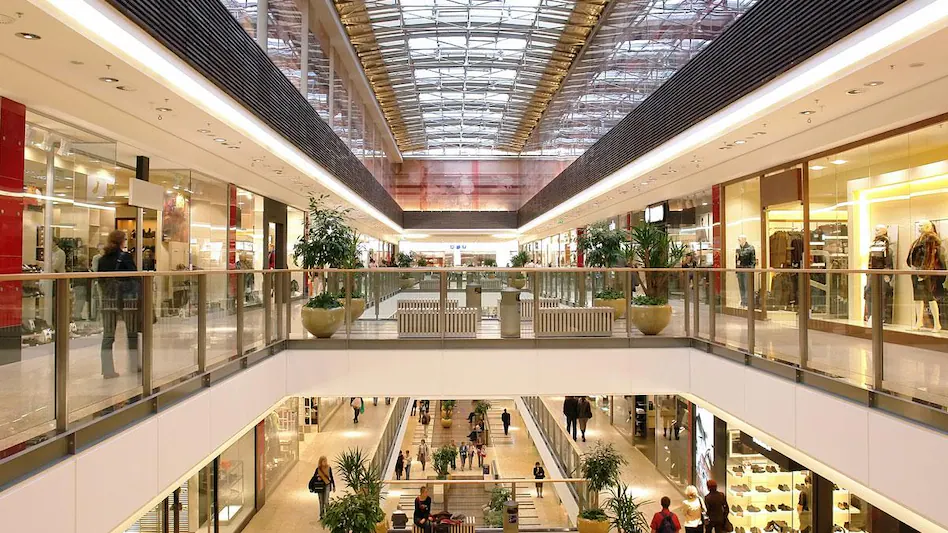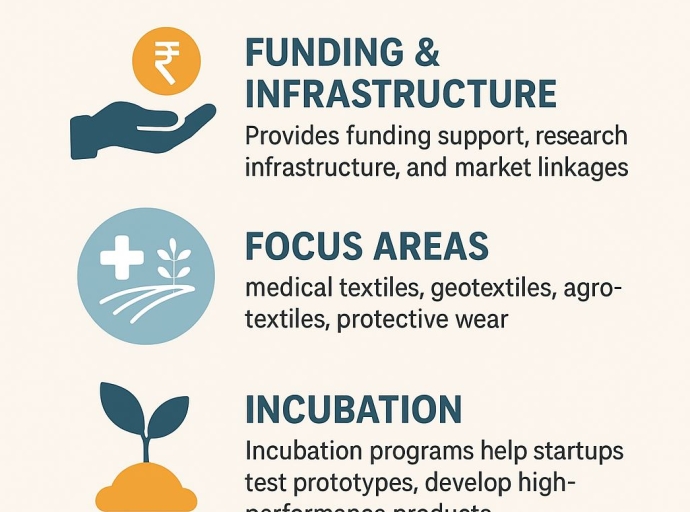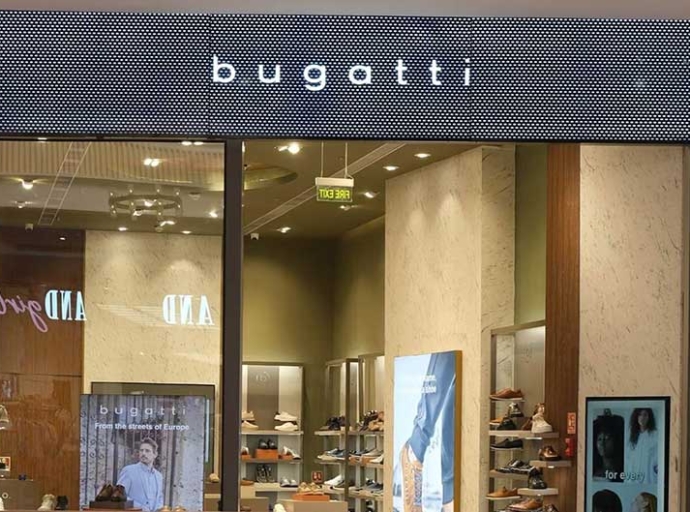Stitching Growth: Fashion and apparel's share in India's consumption boom

15 February 2024, Mumbai
India's growing consumer base is hungry for style, and the fashion and apparel industry is playing an integral role fulfilling these desires. With a projected CAGR of 9 percent until 2025, the industry is poised to become a $190 billion giant by 2026.
But how is the share of fashion and apparel changing within this growth story? Let's dive into the segments, sectors, and cities shaping the future of Indian fashion.
Segment savvy
The Indian apparel market is divided into three-tiers: Premium, mid-price, and economy.
Premium: This segment is seeing explosive growth, fueled by aspirations and brand consciousness.
Much more to it
While the premium segment holds a smaller share, it's experiencing the fastest growth. Rising incomes and brand consciousness fuel this trend, with consumers seeking luxury experiences and designer labels. Think Zara, H&M, and Indian high-street brands like Fabindia.
As per Bain & Company, the premium segment grew at a CAGR of 15 percent from 2017-2022, compared to 8 percent for the overall market.
Mid-price: Interestingly, the mid-price segment remains dominant, catering to the vast middle class seeking quality and affordability. Brands like Levis, Gap, and Lifestyle are catering this segment.
It's expected to grow at a stable CAGR of 8–10 percent, driven by value consciousness and wider product offerings.
Economy: While facing competition from online players, this segment is expected to see moderate growth thanks to its affordability and reach in smaller towns.
Even though its facing pressure from online discounts and brand proliferation, it maintains a steady presence due to its price sensitivity and mass appeal. Brands like Manyavar and Pothys continue to hold strong positions.
Categorywise growth
Menswear: Dominating the market (55 per cent), this sector sees growth in athleisure, casual wear, and formal segments. Men are increasingly experimenting with fashion, driven by rising disposable income and changing lifestyles.
Womenswear: This segment with 35 per cent share is witnessing rapid growth, fueled by urbanization, career aspirations, and evolving fashion trends. Athleisure, western wear, and fusion styles are gaining traction.
Kidswear: This segment with 10 per cent share is expected to grow at a healthy CAGR of 8.8 per cent, driven by rising awareness of child development and brand consciousness among parents.
Cityscape: Tier II & III take center stage
Traditionally, metros and Tier-I cities dominated apparel consumption. However, the story is changing with metros like Delhi, Mumbai, Chennai, Kolkata still holding a significant 40 per cent share but facing saturation.
Consumers here seek niche brands and personalized experiences.
Tier-I cities like Pune, Bangalore, and Hyderabad, with a 25 percent share are witnessing rapid growth, driven by young populations and rising incomes.
Intriguing data-point
These markets favour mid-price brands and omnichannel shopping. Tier II and III cities, with a 35 percent share, is emerging as the fastest-growing market (CAGR 9.5 per cent), fueled by increasing disposable incomes and aspirations. Consumers here seek value for money and are receptive to online platforms.
Forward statement
As India's fashion and apparel sector looks ahead to continued growth, with diverse segments, sectors, and cities contributing to its dynamism, understanding the shifting dynamics and consumer preferences will be key for brands to succeed.
By focusing on personalization, omnichannel strategies, and catering to the specific needs of each segment and region, brands can be part of India's fashion revolution.
Latest Publications































